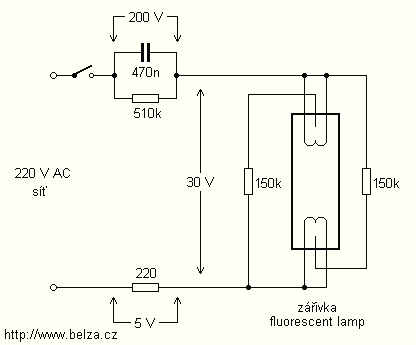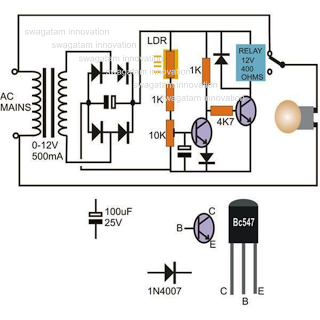
Soft Light Dimmer

This circuit is a soft light dimmer that utilizes the IGBT STGP10N50A and the TS555 timer as its primary components.
The soft light dimmer circuit is designed to control the brightness of incandescent lamps or other resistive loads by adjusting the power delivered to the load. The core components of this circuit include the Insulated Gate Bipolar Transistor (IGBT) STGP10N50A, which is capable of handling high voltages and currents, making it suitable for dimming applications. The TS555 timer, configured in a suitable mode, generates a pulse-width modulation (PWM) signal that controls the gate of the IGBT.
In operation, the TS555 timer is configured in astable mode, producing a continuous square wave output. The frequency and duty cycle of this output can be adjusted by varying the resistor and capacitor values connected to the timer. This PWM signal is fed to the gate of the IGBT, which modulates the power delivered to the load. By adjusting the duty cycle of the PWM signal, the average voltage applied to the load can be varied, resulting in a change in brightness.
The circuit may also include additional components such as diodes for flyback protection, capacitors for filtering, and resistors for biasing, which help stabilize the operation and improve performance. Proper heat sinking for the IGBT is essential to ensure reliable operation, as it can generate significant heat during operation.
This soft light dimmer circuit is ideal for applications where gradual dimming is desired, such as in home lighting systems, stage lighting, or decorative lighting, providing users with control over the ambiance of their environment.This is circuit of soft light dimmer. This circuit uses the IGBT STGP10N50A and the TS555 timer as main components. Here is the circuit: The timer is. 🔗 External reference
The soft light dimmer circuit is designed to control the brightness of incandescent lamps or other resistive loads by adjusting the power delivered to the load. The core components of this circuit include the Insulated Gate Bipolar Transistor (IGBT) STGP10N50A, which is capable of handling high voltages and currents, making it suitable for dimming applications. The TS555 timer, configured in a suitable mode, generates a pulse-width modulation (PWM) signal that controls the gate of the IGBT.
In operation, the TS555 timer is configured in astable mode, producing a continuous square wave output. The frequency and duty cycle of this output can be adjusted by varying the resistor and capacitor values connected to the timer. This PWM signal is fed to the gate of the IGBT, which modulates the power delivered to the load. By adjusting the duty cycle of the PWM signal, the average voltage applied to the load can be varied, resulting in a change in brightness.
The circuit may also include additional components such as diodes for flyback protection, capacitors for filtering, and resistors for biasing, which help stabilize the operation and improve performance. Proper heat sinking for the IGBT is essential to ensure reliable operation, as it can generate significant heat during operation.
This soft light dimmer circuit is ideal for applications where gradual dimming is desired, such as in home lighting systems, stage lighting, or decorative lighting, providing users with control over the ambiance of their environment.This is circuit of soft light dimmer. This circuit uses the IGBT STGP10N50A and the TS555 timer as main components. Here is the circuit: The timer is. 🔗 External reference





